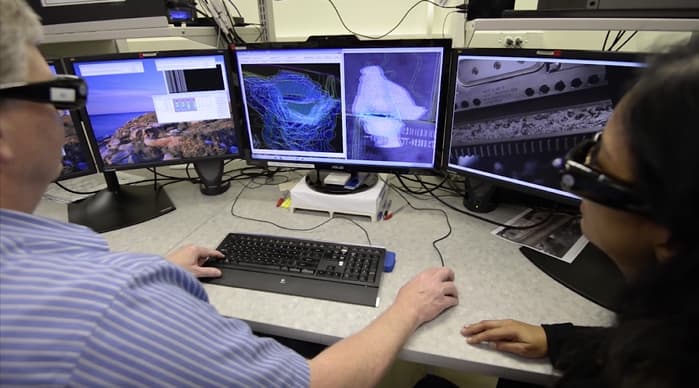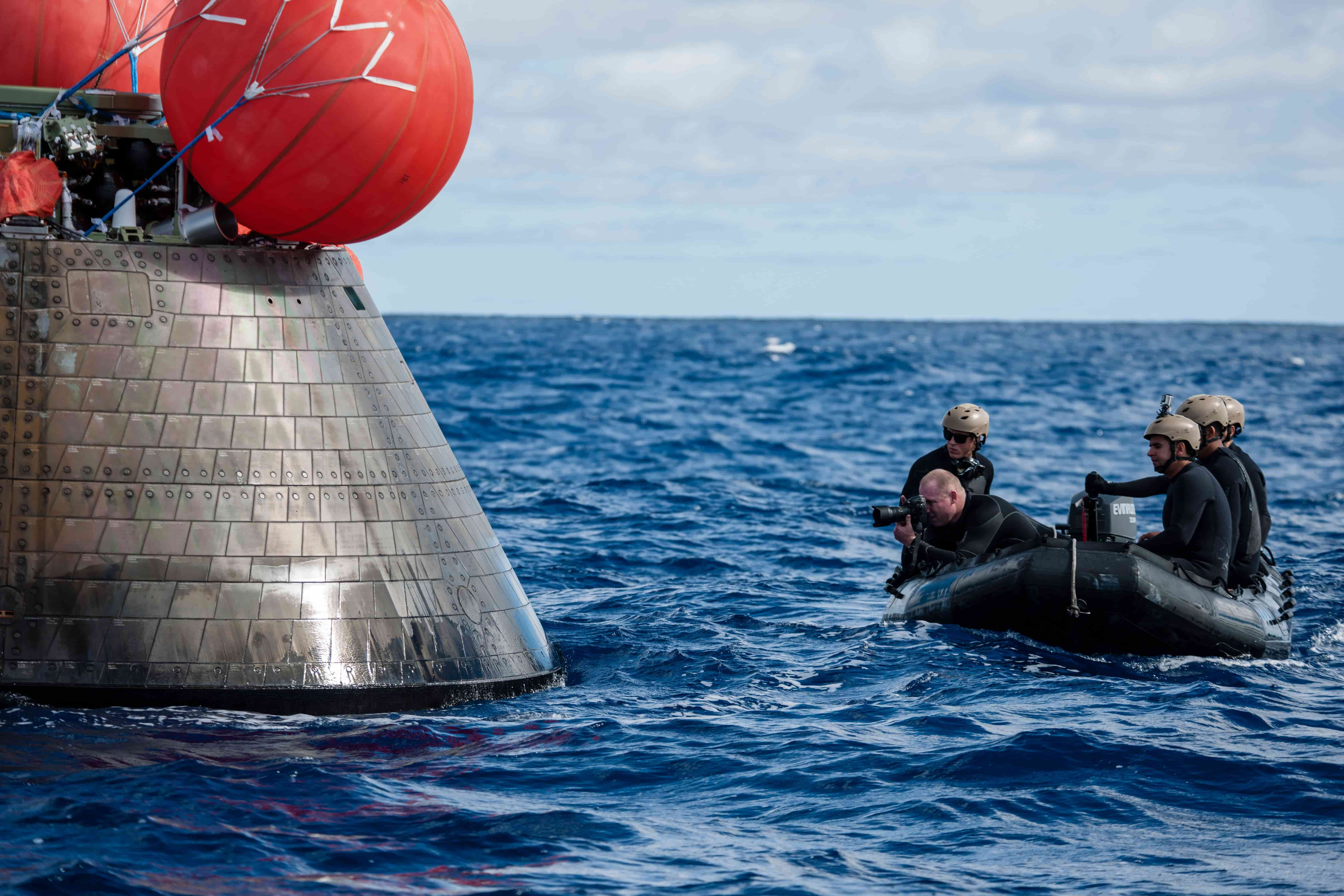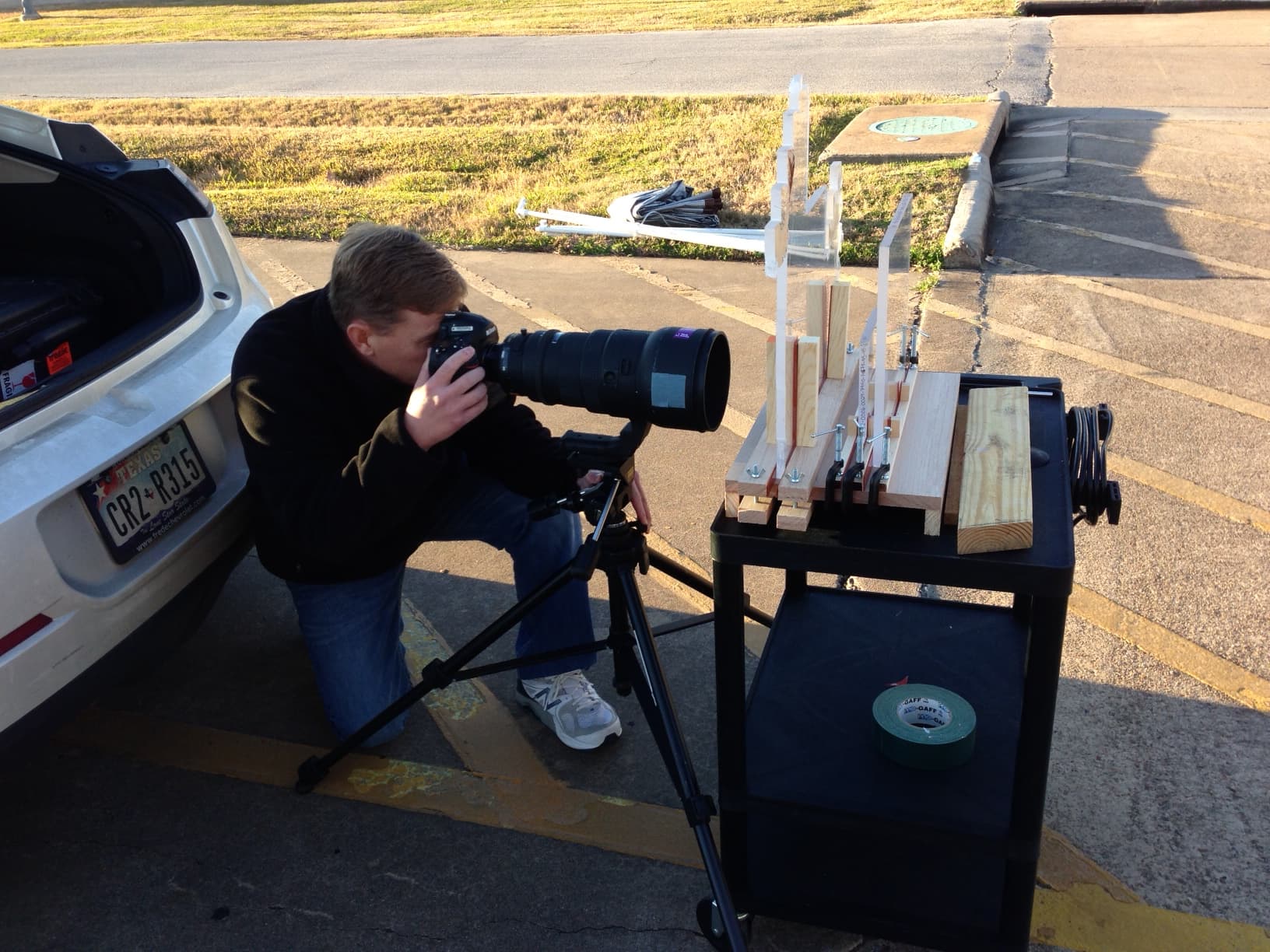A Snapshot to Crew Safety
A photo may be worth 1,000 words to many, but at NASA a photo is worth a whole lot more. The Image Science and Analysis Group (ISAG) at NASA’s Johnson Space Center uses still photos and video imagery to conduct detailed analyses and ensure crew safety for this era of human spaceflight … and beyond.
The group is part of NASA’s Astromaterials Research and Exploration Science (ARES) Division and was created after the Space Shuttle Challenger accident as a way to use launch imagery to assess space vehicle performance, dynamic events and anomalies to ensure the safety of spacecraft and crews.

The group has expanded since then to support all areas of human spaceflight, including the International Space Station, Orion, Space Launch System and Commercial Crew and Cargo Programs, which fits well with ARES’s mission to support research in Earth, planetary, and space sciences, including not only spacecraft imagery analysis but also analysis of Earth observations imagery, and micrometeoroid and orbital debris dangers to spacecraft.
The ISAG team is involved in all areas of crew and vehicle imagery, including planning image acquisition, modeling crew photo techniques, surveying for vehicle damage, calculating size, velocities and accelerations, determining placement of ground and aircraft-based tracking cameras to collect launch and re-entry imagery, and using that information to improve safety.
“Everything we do ties back to crew and vehicle safety,” said Randy Moore, Imagery Analysis lead. “We are able to analyze imagery to do everything from assessing crew health to inspecting the space station for damage from micrometeoroid impacts.”
ISAG harnesses imagery science to provide information needed for making crucial decisions on crew safety and planning for the future.

For example, to prepare for the Orion Ascent Abort-2 test flight next year, ISAG is determining the placement and configuration of cameras to collect abort dynamics imagery. That test will help verify that Orion’s Launch Abort System can pull a crew safely away from its launch rocket within milliseconds in the event of an emergency on the way to space. The ISAG team also will be quantifying the separation performance of jettisoned components and vehicle staging during Orion Exploration Mission-1, which will launch on the most powerful rocket in the world and fly farther than any spacecraft built for humans has ever flown.
The group also will be heavily involved in Commercial Crew missions that resume NASA astronaut launches from American soil next year, analyzing video and still imagery to inspect vehicle safety prior to undocking from the space station.
“Not only can we offer information about what was taking place during the event,” Moore said, “but it helps us understand what kind of imagery would be beneficial to capture on future Commercial Crew and Orion missions.”
ISAG can stabilize blurry videos to identify miniscule details that could impact flight, and decipher three-dimensional data from two-dimensional video, providing engineering data used to improve structural models and understand whether a spacecraft’s design is robust enough to handle the unexpected.

While these capabilities are vital to crew safety, the team has expanded its skillset to take on a second identity: improving the safety of Houston by acting as cosmic crime stoppers. The group’s ability to help in this area, however, is limited to special cases being investigated in the area surrounding Johnson Space Center.
“Police departments will come to us because we have the image-stabilization expertise to take a blurry video and create a vivid still frame,” Moore said. “It may seem unrelated to space, but the practice is never wasted. The work we do with law enforcement is perfect for training new employees to analyze images and keeps the team sharp for spaceflight.”
With the next era of human spaceflight upon us, these cosmic crime stoppers are primed to continue keeping crews and Houstonians safe—one frame at a time.
Noah Michelsohn Johnson Space Center









